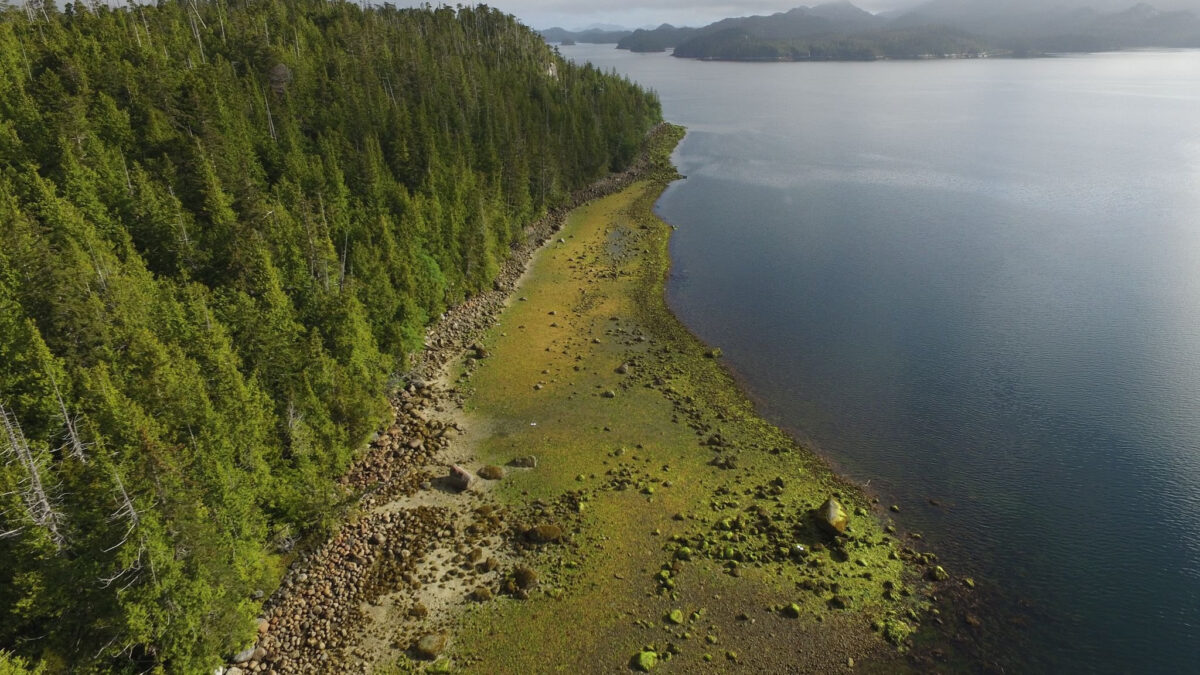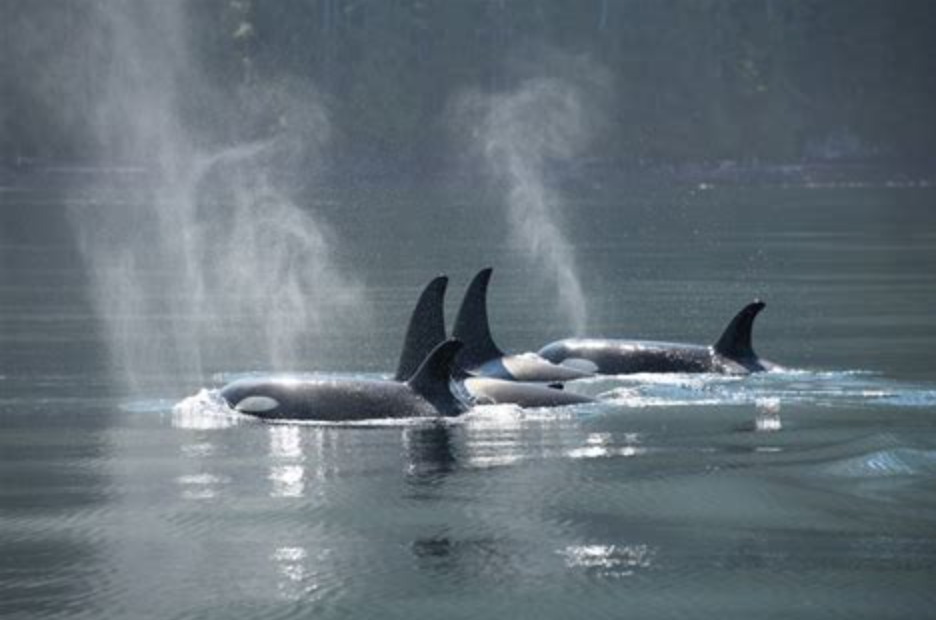
Meet Dalene
July 28, 2025
Indigenous knowledge systems
July 28, 2025Ocean Cultures: Northwest Coast Ecosystems and Indigenous Management Systems

The article “Ocean Cultures: Northwest Coast Ecosystems and Indigenous Management Systems” written by Darcy L. Mathews and Nancy J. Turner explains how the indigenous people of the Northwest coast managed the coastal ecosystems they were living in and combined the management with sustainable living.
The Northwest coast is the coastal region stretching from the Gulf of Alaska southward to California in western North America. It is a diverse region consisting of a mosaic of bays, lagoons, tidal marshes, islands, islets, and nearshore reefs. Much of the coast is covered in temperated rainforest. All of this diversity resulted in an abundance of resources on land and in the water which could be used by the first inhabitants. Some examples of these resources are fish like halibut or salmon, algae like bull kelp or other sea weeds and molluscs like clams, abalone and octopus. On land animals like ducks and deer were hunted and plants like berry bushes and different trees species were used. To be able to use this resources in the long term the indigenous people had to develop different management systems. Clam gardens, salmon production and Estuarine root gardens are some of them.
From these I want to explain the clam gardens a bit more. In the harsher winter months having easily accessible protein-rich shellfish was an advantage for the native Americans. Shellfish was available on sandy beaches and bays, but the natural productivity was increased by building so called clam gardens. A clam garden was an area of the coast cleared from rocks to provide more habitat for clams. Furthermore new clam gardens were build by building intertidal rock wall terraces. Apart of helping clams, these clam gardens provided habitat also for other animals like octopus, crabs, sea cucumbers and birds and thus enhancing the biodiversity of the area. With careful management of the populations of clams a perpetual production was possible. These clam gardens had even an effect on the surrounding forest. The shell middens created from the consumption of the calms changed the soil chemistry of the surrounding area, enriching it with calcium, which naturally is a limited resource there. This “fertiliser” resulted in a greater growth of the surrounding plants.
So, it is clear that careful management of the marine environment like the indigenous people of the Northwest coast did, can be beneficial for our oceans and we should learn from them for our management nowadays.
By Horst Schulte
Image credit: https://www.seagardens.net/



